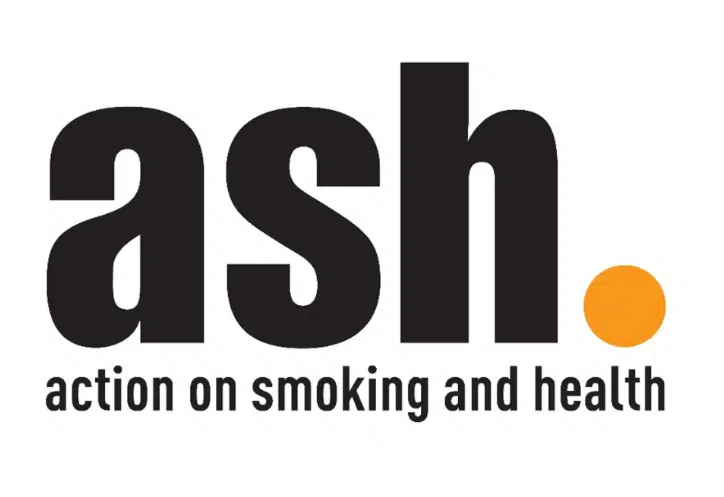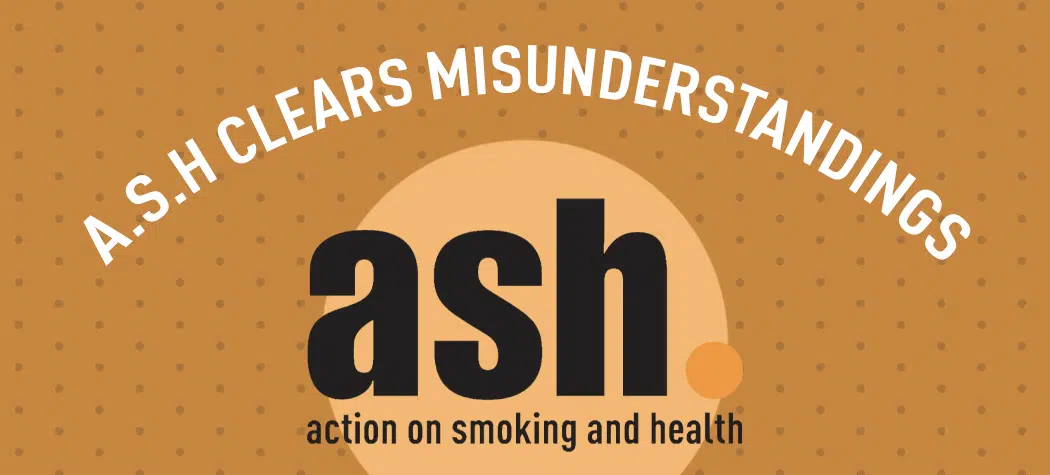Industry Research, Vaping News
ASH Clears the Air over Vaping
Anti-smoking charity Action on Smoking and Health (ASH) has issued a briefing to clear up vaping misunderstandings held by officials, schools and parents. The document aims to counter concerns held over teen vaping and the use of vape kits in general. The submission has been welcomed by consumer charity the New Nicotine Alliance.
What is the problem?
Growing numbers of schools and local authorities are expressing concerns about teen vaping and using language similar to that found in the United States. Rather than relying on evidence and scientific research, rumours feed newspaper stories – and the stories stoke fears and more rumours.
What are the common areas of concern?
It is the typical objections raised by funded anti-vape lobbyists:
- Bright colours
- Sweet flavours
- Sweet names
- Marketed to children
- Easily available
This inevitably goes on to include things such as talking about potential danger without reference to the danger of smoking.
What does Action on Smoking and Health say?

Key Messages:
- Vaping is not risk free, and NICE recommends that vaping should be discouraged in children and young people who have never smoked.
- Vaping is much less harmful than smoking and is an effective quitting aid for adult smokers. Smoking is a leading cause of disease, disability and premature death.
- It is illegal to sell e-cigarettes and vaping products containing nicotine, or tobacco, to under-18s.
- The proportion of young people who vape has increased, but media reports that youth vaping risks becoming a potential ‘public health catastrophe’ leading to a ‘generation hooked on nicotine’ 3 are not substantiated by the evidence.
- Most young vapers also smoke or have smoked and it is important to recognise, and communicate to children and young people, that the level of risk from smoking is far greater than vaping, so the two are not confused.
- The risks from smoking are well established, with up to two thirds of long-term smokers dying prematurely from diseases caused by smoking.
- Dependence on vaping appears lower than on smoking for young people. Most vaping is experimental with regular vaping mainly confined to children who also smoke.
- It is important for schools to educate children on vaping, emphasising that vapes are less harmful than smoking, but that their purpose is to help adult smokers stop smoking. Smoking and vaping should both be discouraged, but it is important to do so in ways that do not inadvertently glamourise these behaviours or increase misperceptions that vaping is equally or more harmful than smoking.
Anything else?
Action on Smoking and Health state that claims about a vape being equal to a packet of cigarettes are simply not true – a puff on a vape is not the same as a drag on a cigarette.
It also explains that there is no reliable evidence that vaping causes people to progress to tobacco use (the gateway effect).
Other information includes such things as: “Most young people who try vaping DO NOT get addicted to nicotine”.
What did the New Nicotine Alliance say?
It said, “it is sad that irresponsible media articles should make this exercise in truth-telling necessary”.
The consumer charity welcomed Action on Smoking and Health’s and hope local authorities and other organisations take note of the information.
“It is good to see public health organisations in the UK reacting with common sense and reason in setting the record straight, to back up a world-leading UK regulatory recognition of vaping as a valuable means of helping smokers to quit or significantly reduce their harm from combustible tobacco use,” the New Nicotine Alliance concluded.
